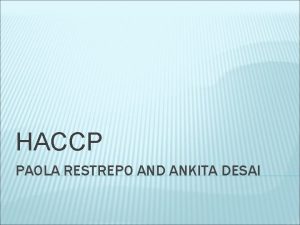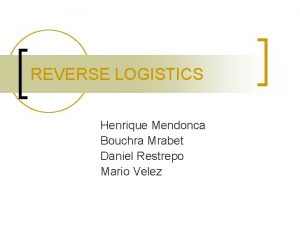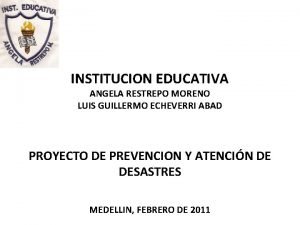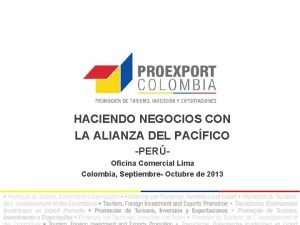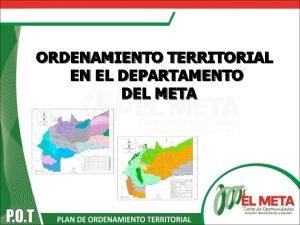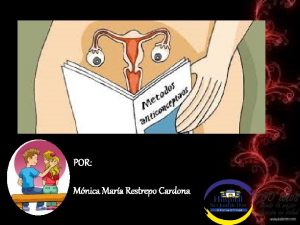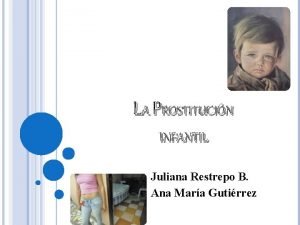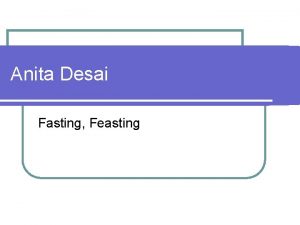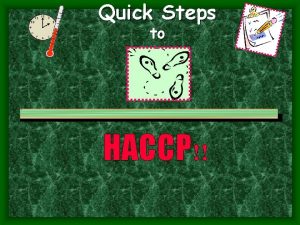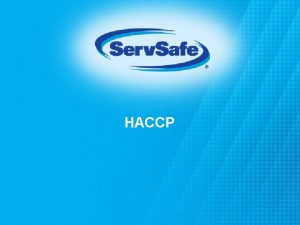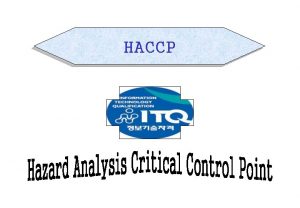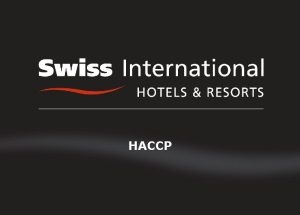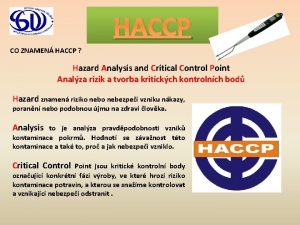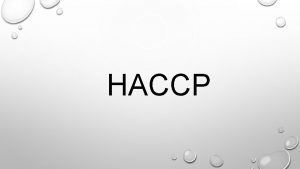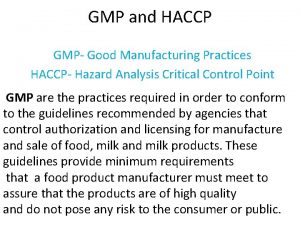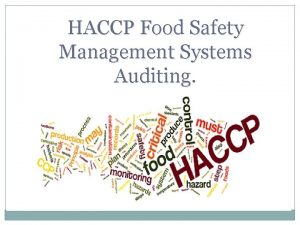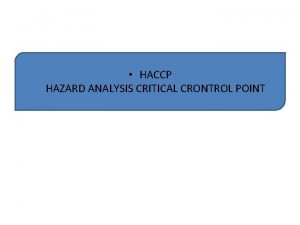HACCP PAOLA RESTREPO AND ANKITA DESAI WHAT IS













- Slides: 13

HACCP PAOLA RESTREPO AND ANKITA DESAI

WHAT IS HACCP? Hazard Analysis and Critical Control Point HACCP is a management system in which food safety is addressed through the analysis and control of biological, chemical, and physical hazards from raw material production, procurement and handling, to manufacturing, distribution and consumption of the finished product.

HISTORY: 1959 Pillsbury Co. develops concept for NASA v Was first adopted for astronauts with the purpose of preventing hazards that could cause food-borne illnesses. v In December 18, 1995 the FDA established HACCP for seafood industry. v In January 2001 the FDA established HACCP for juice industry. v In 1998 the U. S. D. A established HACCP for meat and poultry processing plants. v HACCP has been endorsed by the National Academy of Sciences, the Codex Alimentarius Commission (an international food standard-setting organization), and the National Advisory Committee on Microbiological Criteria for Foods. v Canada also has adopted the HACCP system. v

NEED FOR HACCP? q Challenges to U. S food supply. For example: q q q Increasing numbers of food pathogens. Between 1973 and 1988 E. coli and Salmonella enteritidis became more widespread. Increasing public health concern about chemical contamination of food: for example, the effects of lead in food on the nervous system. The need for HACCP in U. S, specially in seafood and juice industries is base on the Codex Alimentarious Commission's adoption of HACCP as the international standard for food safety. (The Codex Alimentarius is a collection of internationally recognized standards, codes of practice, guidelines and other recommendations relating to foods, food production and food safety)

HACCP INVOLVES SEVEN PRINCIPLES ü ü ü ü Analyze hazards. Identify critical control points. Establish preventive measures with critical limits for each control point. Establish procedures to monitor the critical control points. Establish corrective actions to be taken when monitoring shows that a critical limit has not been met. Establish procedures to verify that the system is working properly Establish effective recordkeeping to document the HACCP system.

ADVANTAGES Identification and prevention hazards from food. Ø Allows government oversight how well a company is complying with food safety over a period. Ø Assigns responsibilities for food safety directly on food producers. Ø Reduces barriers to international trade. Ø

SEAFOOD HACCP Preliminary Steps General information Describe the food Describe the method of distribution and storage Identify the intended use and consumer Develop a flow diagram

EXAMPLE OF A FLOW CHART

JUICE CONTROL Occurred after two major incident. Mainly for unpasteurized juices. Key components identifying potential problems that could cause food to be unsafe to eat establishing and monitoring targeted control points to minimize such problems documenting the results.

DAIRY GRADE A VOLUNTARY Includes dairy and dairy products In 1999 the NCIMS HACCP Committee developed a pilot program for dairy processing plants. Publix, Lakeland, FL Tropical Cheese, Perth Amboy, NJ Michigan Milk Producers Association, Ovid, MI Garelick Farms, Bangor, ME Safeway, Bellevue, WA Gossner Foods, Logan, UT

ADDITIONAL ACTIVITIES Ø Food Safety Pilot Program Voluntary Non regulatory FIRM PRODUCT LOCATION* Alto Dairy Hard Cheese Wisconsin Campbell Soup Company Salad Dressing (New Jersey) Campbell-Taggart, Inc. ** Pan Breads (Missouri) Con. Agra Flour (Nebraska) Hans Kissle Foods Quiche Massachusetts Pillsbury Frozen Dough (Minnesota) Ralston Foods Breakfast Cereal (Missouri)

SAMPLE HACCP TABLES http: //www. cfsan. fda. gov/~dms/hret 3 -a 2. html

REFRENCES: http: //www. cfsan. fda. gov/~dms/fs-toc. html http: //www. cfsan. fda. gov/~dms/cgmps 2. html http: //www. fsis. usda. gov/Science/hazard_an alysis_&_pathogen_reduction/index. asp http: //www. haccpalliance. org/sub/index. html
 Dr ankita desai
Dr ankita desai Dr daniel restrepo
Dr daniel restrepo Ie angela restrepo moreno
Ie angela restrepo moreno Juliana villegas restrepo
Juliana villegas restrepo Fernando augusto segura restrepo
Fernando augusto segura restrepo Institucion educativa tomas cadavid restrepo
Institucion educativa tomas cadavid restrepo Plan de ordenamiento territorial restrepo meta
Plan de ordenamiento territorial restrepo meta Mara restrepo
Mara restrepo Jennifer restrepo
Jennifer restrepo Mara restrepo
Mara restrepo Scholar and gypsy by anita desai summary
Scholar and gypsy by anita desai summary Dr shraddha desai
Dr shraddha desai Dr trupti desai
Dr trupti desai Dr monica desai
Dr monica desai
